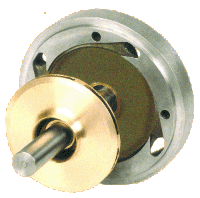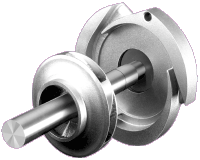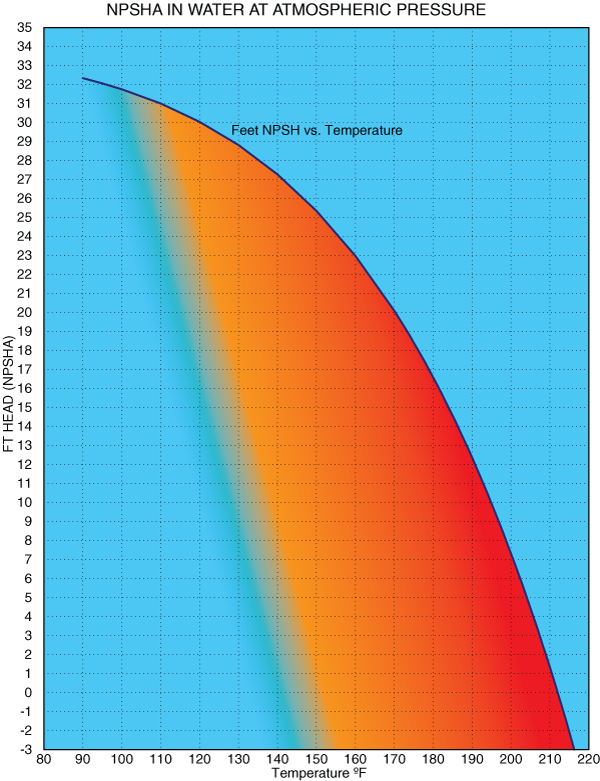
MTH has developed proprietary inlet and pumping techniques for reducing the NPSH required by its pumps to handle hot fluids near their boiling point with minimal cavitation. When pumping water at or near 212 degrees F it becomes more and more difficult to draw the fluid into the pump inlet without vaporizing it and causing vapor lock. Even if there is some cavitation in the pump, Regenerative Turbines are well known for having some of the best resistance to cavitation erosion and can often handle vapor in excess of 20% for certain periods of time. Most of our products will handle 4 foot NPSHA, but our 250/260/270 Series can handle down to 2 feet, with some of our 240/280 Series capable down to 1 foot. Please see our Standard Products for more info.


The reduced NPSHR (Net Positive Suction Head Required) provided in our ow NPSH models is obtained by using a first stage centrifugal style impeller with inlet flow paths shaped to maintain a constant fluid velocity. This reduces entry losses to the impeller as well as maintaining efficiency. A multi-vane diffuser is used in conjunction with the centrifugal impeller for balancing radial loads and extracting the maximum pressure from the first stage. Pressure and flow produced by the NPSH inducer assures that the succeeding stages are adequately fed.
